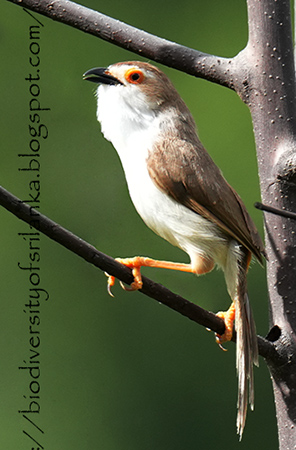පහත රට ප්රදේශ වල සිට ඉහල කඳුකරය දක්වා තෙත් සහ වියලි කලාපීය වනාන්තර සහ හොඳින් ගහ කොළ සහිත ගෙවතු වල සුලභව හමුවන සංචාරක පක්ෂියෙකි. තනි තනි පක්ෂීන් වශයෙන් හෝ එකම ප්රදේශයක විසිරුණු සමූහයක් ලෙසට වනාන්තර උඩු වියනේ ආහාර සොයමින් හැසිරෙන මෙම පක්ෂියා හිමාලය ප්රදේශයේ අභිජනනය කරයි.
English Post >>









